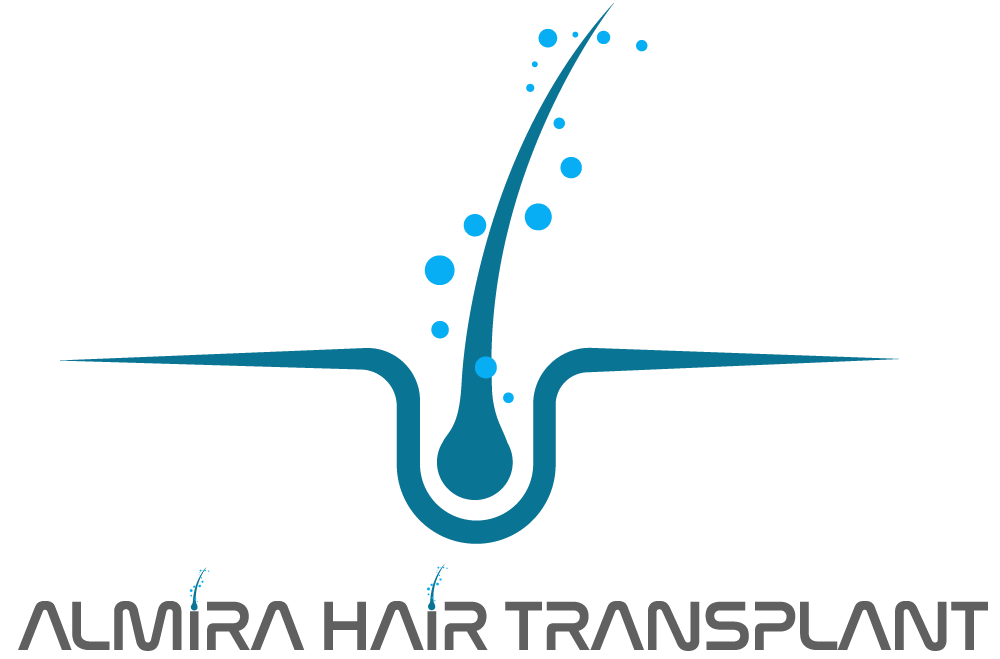What is Digital Dentistry? Instant Smile Design with CAD/CAM Technology

What is Digital Dentistry? Instant Smile Design with CAD/CAM Technology
Digital dentistry has revolutionized both aesthetic and functional dental treatments in recent years. CAD/CAM (Computer-Aided Design / Computer-Aided Manufacturing) technology allows dentists to provide patients with durable, precise, and natural-looking restorations in a significantly shorter time. This advancement not only enhances patient satisfaction but also offers dentists an efficient and highly accurate treatment approach.
The Fundamentals of CAD/CAM Technology
CAD/CAM stands for computer-aided design and computer-aided manufacturing. The system begins by digitally scanning the patient’s teeth with intraoral scanners. This data is then transformed into a 3D model in specialized software. The restoration—such as a crown, veneer, or bridge—is digitally designed and then milled from high-quality materials like porcelain, zirconia, or ceramic using a milling unit.
Unlike traditional impressions, this process eliminates discomfort and reduces the risk of inaccuracies. The result is a perfectly fitting and aesthetically pleasing restoration.
Same-Day Smile Design
One of the most remarkable advantages of CAD/CAM technology is single-visit dentistry, often referred to as “same-day smile design.”
-
Step 1: The patient’s mouth is scanned digitally.
-
Step 2: The dentist designs the restoration virtually on the computer.
-
Step 3: The milling unit fabricates the restoration from the selected material.
-
Step 4: The restoration is placed in the patient’s mouth on the same day.
This means that procedures that once took weeks can now be completed in just a few hours.
Aesthetic and Functional Benefits
CAD/CAM restorations not only save time but also provide outstanding results in terms of aesthetics and functionality:
-
Natural tooth-like color matching.
-
High durability and resistance to wear.
-
Excellent marginal fit that reduces the risk of secondary decay.
-
Customized designs tailored to each patient’s smile.
These qualities make digital restorations especially appealing for patients who prioritize both appearance and long-term oral health.
Comfort and Convenience for Patients
Traditional impression-taking methods often cause discomfort due to impression trays and materials. Digital scanning, however, is fast, precise, and comfortable. Patients also benefit from reduced waiting times, fewer dental visits, and an immediate transformation in their smiles—all of which contribute to a more pleasant treatment experience.
Efficiency for Dentists
Digital workflows streamline the entire process, allowing dentists to treat more patients in less time. The risk of errors is significantly reduced, and laboratory dependencies are minimized. Moreover, CAD/CAM software enables highly personalized smile design, which elevates the overall quality of care.
The Future of Digital Dentistry
With the integration of artificial intelligence and advanced biomaterials, the future of CAD/CAM dentistry promises even more natural, biocompatible, and long-lasting restorations. In the coming years, digital dentistry will become the standard rather than the exception, further enhancing accessibility and treatment outcomes.
Conclusion
Digital dentistry and CAD/CAM technology represent one of the most important innovations in modern dental practice. By enabling instant smile design, they combine speed, precision, and aesthetics, offering patients an efficient, comfortable, and transformative dental experience.


